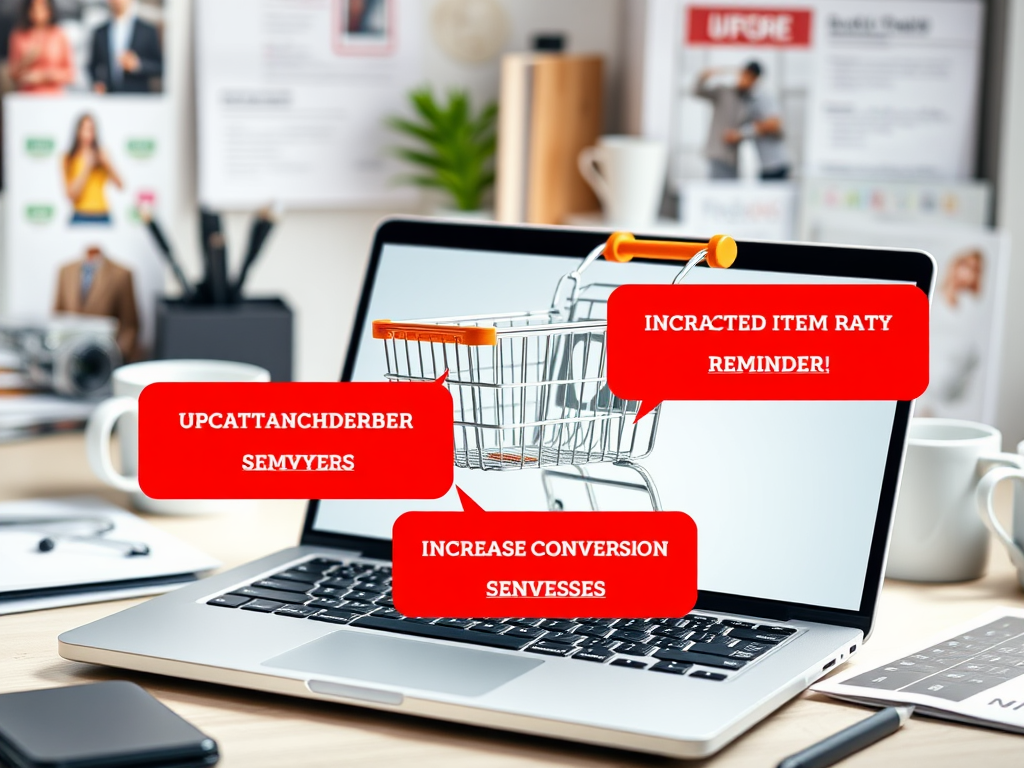In the bustling digital marketplace, e-commerce businesses are competing fiercely to capture consumer attention and drive sales. To navigate this landscape successfully, it is essential for marketers to embrace key performance metrics that serve as valuable indicators of success. These metrics not only provide insights into customer behavior but also guide strategic decisions to enhance marketing effectiveness. As e-commerce continues to evolve, marketers must remain vigilant in measuring various aspects of their performance to adapt and thrive. This deep dive into crucial e-commerce marketing metrics aims to shed light on how businesses can leverage data for better decision-making. By understanding and implementing these metrics, marketers can turn insights into actionable strategies that maximize ROI and foster growth.
Each metric has its distinct value, and they work symbiotically to provide a complete picture of an e-commerce business’s health. For instance, tracking conversion rates can highlight how effectively a site turns visitors into customers, while average order value can indicate purchasing behavior and opportunities for upselling. Collectively, analyzing these figures helps in crafting messages that resonate with target audiences. Thus, we will explore some of the most critical metrics that e-commerce marketers should focus on for optimal performance. Let’s dive into these essential metrics and learn how they can impact marketing strategies.
Conversion Rate

The conversion rate is perhaps one of the most vital metrics for an e-commerce business. It is a straightforward calculation: the number of visitors who complete a purchase divided by the total number of visitors. By closely monitoring this rate, businesses can identify how well their product offerings and website functionality perform at converting potential buyers. A higher conversion rate often indicates effective marketing strategies and strong customer engagement. Conversely, a lower rate can highlight areas needing improvement, such as website design or user navigation. Positive customer experiences lead to increased trust and ultimately boost conversion rates.
Various elements can significantly impact the conversion rate, including:
- Website Design: A well-structured and visually appealing site captures attention and encourages purchases.
- User Experience: Smooth navigation and an intuitive layout enhance the likelihood of conversions.
- Product Quality: High-quality images and detailed descriptions help reassure potential buyers.
- Trust Signals: Customer reviews and secure payment options build consumer confidence.
Average Order Value (AOV)

Average Order Value (AOV) is another pivotal metric that indicates the average sum spent every time a customer makes a purchase. This metric is crucial because it impacts overall revenue and profitability directly. Increasing the AOV creates opportunities for higher profits without needing to acquire more customers. By analyzing purchasing patterns, businesses can strategically identify ways to encourage customers to spend more during each transaction. This can lead to a more robust bottom line, something every e-commerce platform strives for.
Implementing the following strategies can help in boosting the AOV:
- Bundling Products: Create attractive packages that encourage customers to buy more items.
- Offering Bulk Discounts: Provide incentives for purchasing larger quantities.
- Upselling and Cross-selling: Recommend complementary products at checkout for added value.
| Metric | Description | Importance |
|---|---|---|
| Conversion Rate | Percentage of visitors who make a purchase. | Indicates marketing effectiveness. |
| Average Order Value | Average amount spent per transaction. | Affects overall revenue. |
| Customer Acquisition Cost | Cost involved in acquiring a new customer. | Impacts profitability. |
| Customer Lifetime Value | Projected revenue from a customer over the relationship duration. | Guides retention strategies. |
| Cart Abandonment Rate | Percentage of shoppers who abandon their carts. | Highlights areas for improvement. |
Customer Acquisition Cost (CAC)
Customer Acquisition Cost (CAC) measures the total expense of bringing a new customer on board. This metric considers all marketing and sales costs, making it a critical factor in evaluating the effectiveness of marketing campaigns. A low CAC indicates that a company is effectively attracting customers at a lower cost, which bolsters profitability. However, if the CAC is high, it may signal inefficiencies in customer acquisition strategies or overly expensive marketing avenues. Balancing CAC with Customer Lifetime Value (CLV) is essential for setting a fruitful trajectory for the business.
Understanding how CAC impacts profitability helps in better marketing budget allocation. It is crucial to optimize campaign strategies to reduce CAC while enhancing customer engagement practices. By channeling resources to the most effective acquisition strategies, businesses can ensure sustainable growth, retain customers for longer periods, and maximize profits.
Customer Lifetime Value (CLV)
Customer Lifetime Value (CLV) looks at the total revenue that a business can expect from a customer throughout their entire relationship. This metric is essential in prioritizing marketing efforts and optimizing engagement strategies. By knowing CLV, marketers can invest in retaining valuable customers rather than spending excessively on acquiring new ones. CLV can vary widely among industries and individual companies, depending on pricing structures and customer cycles. Therefore, it’s imperative for e-commerce businesses to calculate their CLV accurately in order to develop informed strategies.
Understanding CLV drives not only acquisition efforts but also retention strategies. Businesses that focus on nurturing customer relationships typically experience higher CLV. Regular engagement, personalized marketing, and loyalty programs can significantly extend the customer lifespan. The more a business can draw insights from CLV, the better it can adapt to meet customer expectations.
Cart Abandonment Rate
The cart abandonment rate is another metric that can significantly affect e-commerce success. This rate estimates the percentage of customers who placed items in their carts but failed to complete the purchase. High cart abandonment can indicate potential issues throughout the checkout process, such as unexpected fees, lengthy forms, or technical glitches. Understanding why customers abandon their carts is necessary for developing effective strategies to combat this phenomenon.
Implementing the following tactics can help in lowering the cart abandonment rate:
- Sending Reminder Emails: Reaching out to customers can reclaim lost sales.
- Simplifying the Checkout Process: Making the process more straightforward can enhance user experience.
- Offering Incentives: Providing free shipping or discounts can entice shoppers to complete their purchase.
Traffic Sources
Understanding the sources of traffic can help businesses discern which marketing efforts yield the highest returns. Analyzing traffic can reveal if visitors are arriving from organic searches, paid advertisements, social media channels, or referrals. Identifying effective sources enables businesses to concentrate their resources strategically for better results. This can lead to optimized marketing spend and enhanced overall performance, as savvy marketers focus on platforms that convert visitors into buyers efficiently.
By evaluating traffic sources regularly, brands can adjust their marketing mix to focus on the most effective channels. Expanding on successful traffic sources and refining underperforming strategies become essential practices in maximizing marketing efficiency. This strategic focus aids in building a sustainable and effective marketing plan tailored to business objectives.
Conclusion
In summary, measurable metrics are at the heart of effective e-commerce marketing. By focusing on fundamental metrics such as conversion rates, average order value, customer acquisition costs, lifetime value, cart abandonment rates, and traffic sources, businesses can craft data-driven strategies that adapt to their unique market needs. With diligent monitoring and continual adjustment, brands can improve customer engagement and drive increased sales. As the e-commerce landscape continues to change, embracing key metrics will empower businesses to remain competitive and thrive in a constantly evolving digital environment.
Frequently Asked Questions
- What is a good conversion rate for e-commerce? A typical conversion rate for e-commerce sites ranges from 1% to 3%, but this can vary based on the industry.
- How can I improve my AOV? You can improve AOV by offering product bundles, limited-time discounts, and loyalty rewards for larger purchases.
- What should I do if my CAC is too high? If your CAC is high, consider optimizing your marketing strategies, focusing on retention, and improving your value proposition.
- What causes high cart abandonment rates? High cart abandonment rates can be caused by unexpected shipping costs, complicated checkout processes, or lack of trust in the website.
- How often should I review my e-commerce metrics? It’s best to review your key metrics regularly—monthly or quarterly—to ensure your marketing strategies align with business goals.



